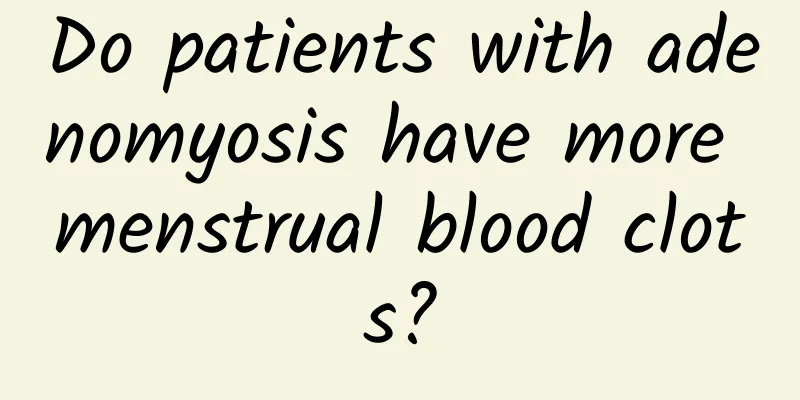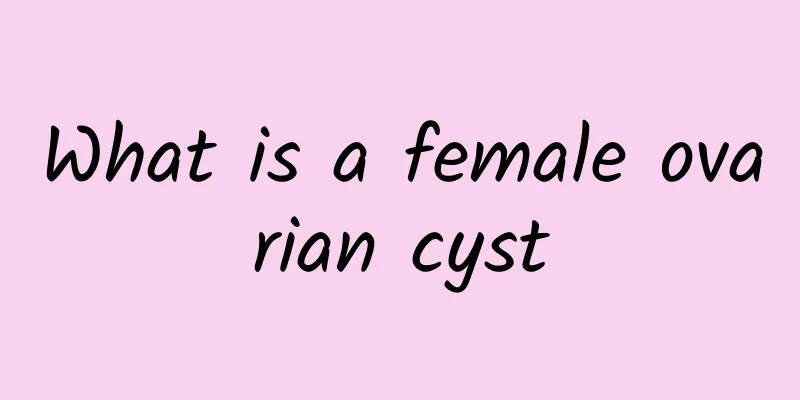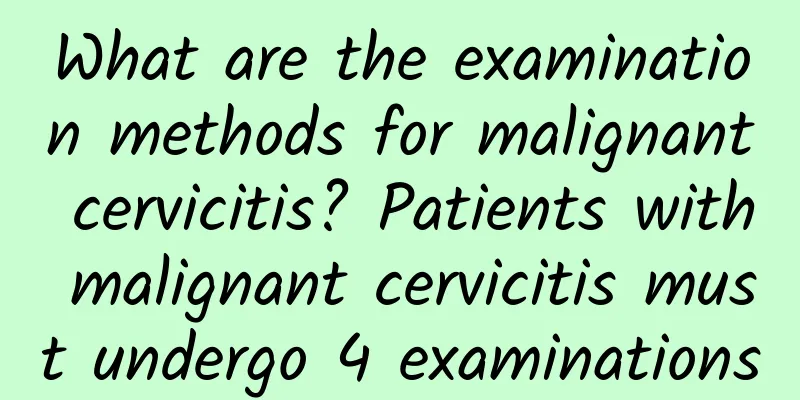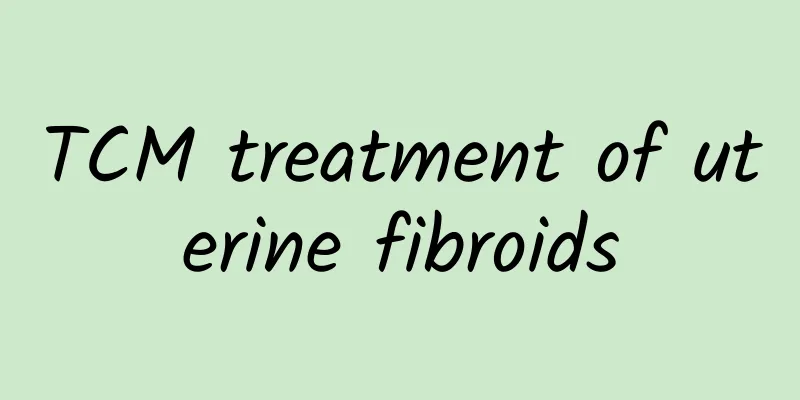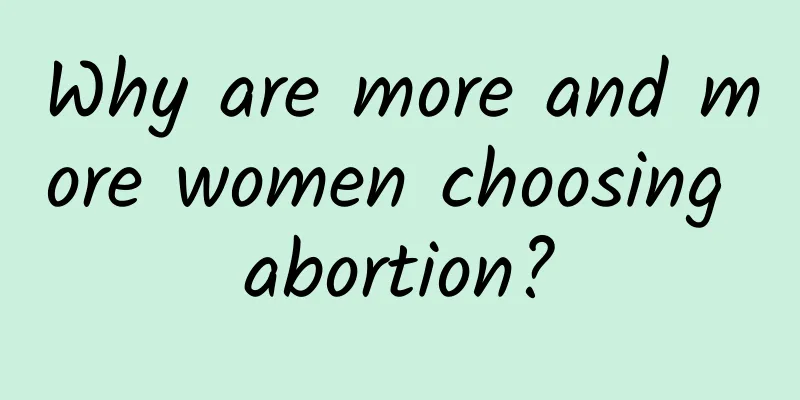Can female pelvic peritonitis be cured?

|
When the female pelvic reproductive organs and the surrounding connective tissues and pelvic peritonitis are inflamed, it is called pelvic peritonitis. It can occur in one or several places at the same time. It is one of the common diseases in women. It is divided into acute and chronic. Compared with chronic, pelvic peritonitis is less harmful, but it does not mean that we can ignore it. If pelvic peritonitis is not treated well, it is very likely to turn into chronic pelvic peritonitis. Therefore, we cannot ignore pelvic peritonitis. Then, how should pelvic peritonitis be treated? 1. General supportive therapy: Bed rest, semi-recumbent position is conducive to pus accumulation in the uterine rectal pouch and limiting inflammation. Provide adequate nutrition and fluid intake, correct metabolic disorders and acid-base balance, perform small blood transfusions when necessary, use physical cooling in case of high fever, and try to avoid unnecessary gynecological examinations to avoid spreading inflammation. If there is abdominal distension, decompress the gastrointestinal tract. 2. Antibiotic treatment It is more reasonable to select antibiotics according to drug sensitivity tests. Before the test results come out, if the condition is not too serious, penicillin and streptomycin can be used; if the condition is serious, broad-spectrum antibiotics should be used. Combined medication has good efficacy, and the compatibility must be reasonable, with fewer types of drugs and less toxicity. After the bacterial culture results come out, antibiotics can be replaced according to the situation. The route of administration is intravenous drip, which has a quick effect. The application of antibiotics requires sufficient dosage, and attention must be paid to toxic reactions. Continue to administer for two weeks after the symptoms disappear to consolidate the efficacy, strive to completely cure, and avoid the formation of chronic pelvic inflammation. Penicillin G is also effective against anaerobic bacteria. It is used in large doses during treatment. According to the severity of the disease, 2.4 million to 10 million IU are given intravenously every day. After the condition improves, it can be reduced to 1.2 million to 2.4 million 1U per day, divided into 4 intramuscular injections. If you are allergic to penicillin, you can choose erythromycin 1.2g per day intravenous drip, plus kanamycin 0.5g each time, twice a day, intramuscular injection. The above is the treatment method for pelvic peritonitis. Do you understand? For patients with pelvic peritonitis, active treatment must be carried out. Acute pelvic peritonitis is not difficult to treat. If we actively cooperate with the doctor, we will recover soon. |
<<: Can female pelvic peritonitis be cured?
>>: Will pelvic peritonitis heal on its own without treatment?
Recommend
Ectopic pregnancy may be caused by chronic pelvic inflammatory disease
Ectopic pregnancy may be caused by chronic pelvic...
What are the symptoms of ectopic pregnancy?
An ectopic pregnancy is a rare ectopic pregnancy ...
What are the methods for treating cervical erosion?
What are the methods for treating cervical erosio...
Abortion diagnosis and treatment
Abortion is a very common phenomenon. Many women ...
Pelvic fluid 2.9 cm serious
Vaginitis attacks secrete inflammatory fluid, cau...
Patients with pelvic inflammatory disease should know some examination methods
The frequent occurrence of pelvic inflammatory di...
Explanation: Causes of irregular menstruation
The menstrual cycle is generally 28 to 30 days. I...
One curry a day with curcumin to prevent cardiovascular inflammation
When talking about India, it is hard not to think...
The harm of cervicitis to female patients
I believe most women are familiar with the sympto...
Women should take precautions against menstrual disorders
Menstrual disorders are a normal physiological ph...
Thread embedding for weight loss is popular, and Western medicine is also included in the Department of Health's proposed management
Many girls like to go to traditional Chinese medi...
Are the symptoms of uterine fibroids not obvious? The best way to prevent uterine fibroids is to do more physical examinations
In many physical examinations, more than half of ...
What medicine to take for abdominal inflammation and pelvic inflammatory disease
If there are obvious symptoms of peritonitis and ...
How to choose a hospital for vaginitis
How to choose a hospital for vaginitis? Vaginitis...
Purple pearl magic! Eating purple rice can help you lose weight, replenish blood, and fight aging... and there are other unexpected benefits
In recent years, there has been a wave of "p...



